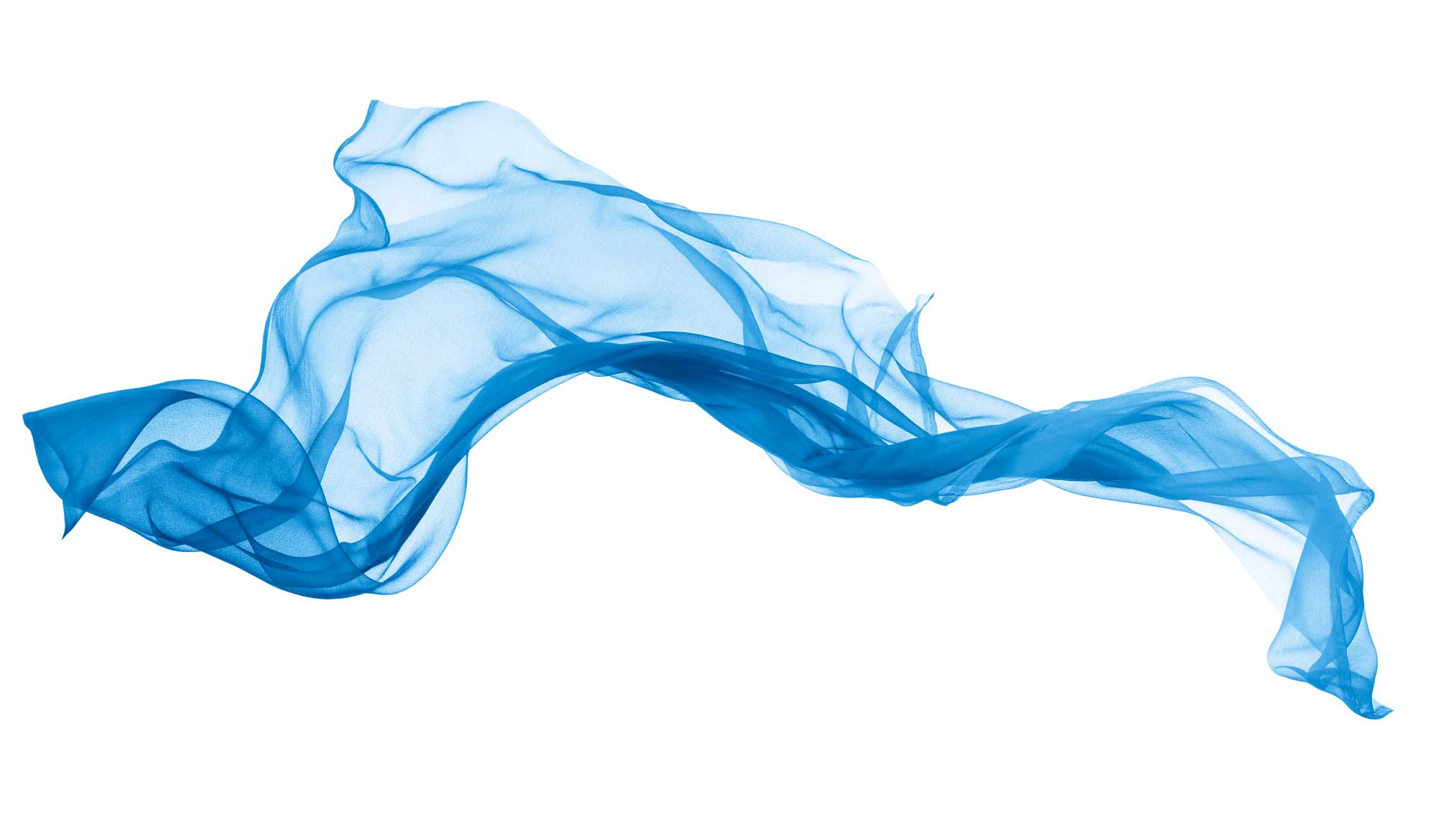Making Waves - copyright update

In the recent decision of Response Clothing Ltd v The Edinburgh Woollen Mill Ltd, the Intellectual Property Enterprise Court has found that a textile can be a work of artistic craftsmanship and protected by copyright. What could the ramifications of this mean to your business?
For copyright law to apply in the UK, a work must fall within one of the categories outlined in the Copyright, Designs and Patents Act 1988 (Copyright Act): These are:
(a) original literary, dramatic, musical or artistic works,
(b) sound recordings, films or broadcasts, and
(c) the typographical arrangement of published editions.
An 'artistic work' is:
(a) a graphic work, photograph, sculpture or collage, irrespective of artistic quality,
(b) a work of architecture being a building or a model for a building, or
(c) a work of artistic craftsmanship.
The facts
The claimant (Response) is a clothing company involved in the design and marketing of clothing products. The defendant is a major retailer of clothing across the UK (EWM).
Response provided EWM with ladies’ tops made of a jacquard fabric with a design referred to in the case as a ‘wave arrangement’. Response attempted to raise the price of the tops, but EWM rejected the price increase and sought alternative suppliers. A number of other companies supplied EWM with clothing made from jacquard fabric and Court proceedings followed, in which Response claimed that copyright subsisted in the ‘wave arrangement’ and that the garments supplied by the new suppliers were infringing copies and that this amounted to primary and secondary copyright infringement.
The Judgment
The judge found that:
- the ‘wave arrangement’ was a “work of artistic craftsmanship” for the purposes of the Copyright Act;
- It is possible for an author to make a work of artistic craftsmanship using a machine.
- Aesthetic appeal can be of a nature that causes the work to appeal to potential customers.
- A work was not precluded from being a work of artistic craftsmanship solely because multiple copies of it were subsequently made and marketed.
Accordingly, the judge deemed the fabric to be a work of artistic craftsmanship and therefore capable of copyright protection. Furthermore, the similarities between the fabric created by the new suppliers and that of the claimant were sufficient to infer that copying had taken place. While the new suppliers’ fabric was not identical to the that of the claimants, the judge found that a substantial part had been copied.
Effects of the case
This case in an interesting development in relation to the law regarding what is required for a work to qualify as artistic craftsmanship.
Retailers will need to take extra care in the sourcing of their fabrics and in their design document records. It seems likely that there will be further disputes in this area in the future as fashion designers are likely to look to seek to rely on this judgment in the protection of their rights in the future.
For more information, help or advice, please contact Ailsa Charlton on 0191 211 7735 or email [email protected].
